Simon Parkin travels to the Arctic Circle to explore one of the most remote contemporary art galleries in the world
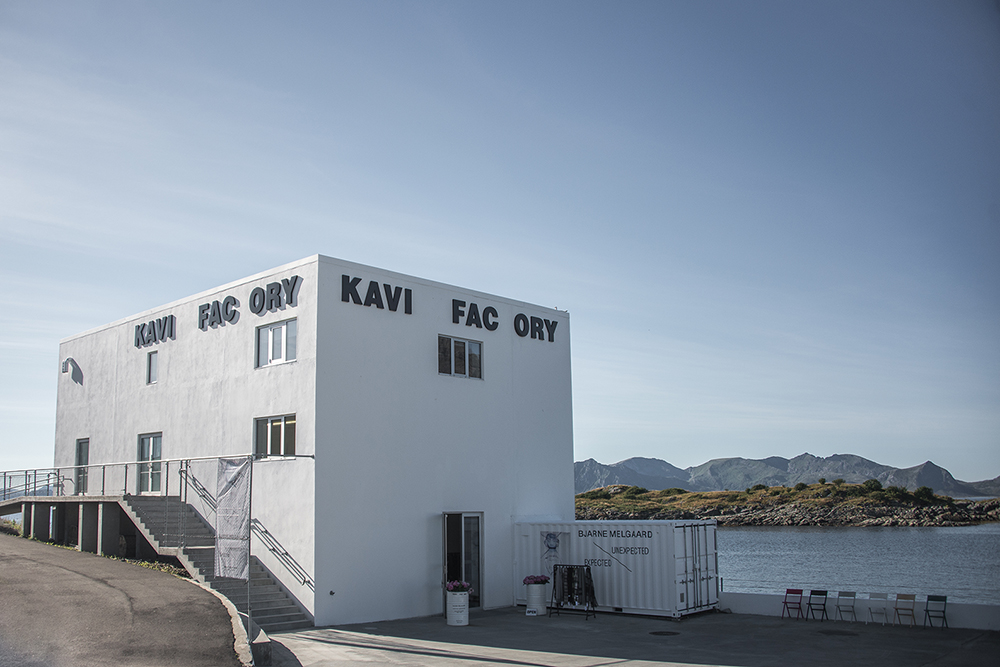
The Lofoten archipelago, a series of islands that curve away from the mainland of Norway, is nothing short of spectacular. It is a harsh and simple landscape, but, despite being situated deep inside the Arctic Circle, the mountains that rise out of the sea and the fishing villages that take shelter in them are warmed by the Gulf Stream.
Hopping from village to village in a place that is as much sea as it is land, you do not expect to stumble upon a contemporary art gallery, especially one housed in a converted caviar factory and exhibiting the work of one of Norway’s greatest living artists.
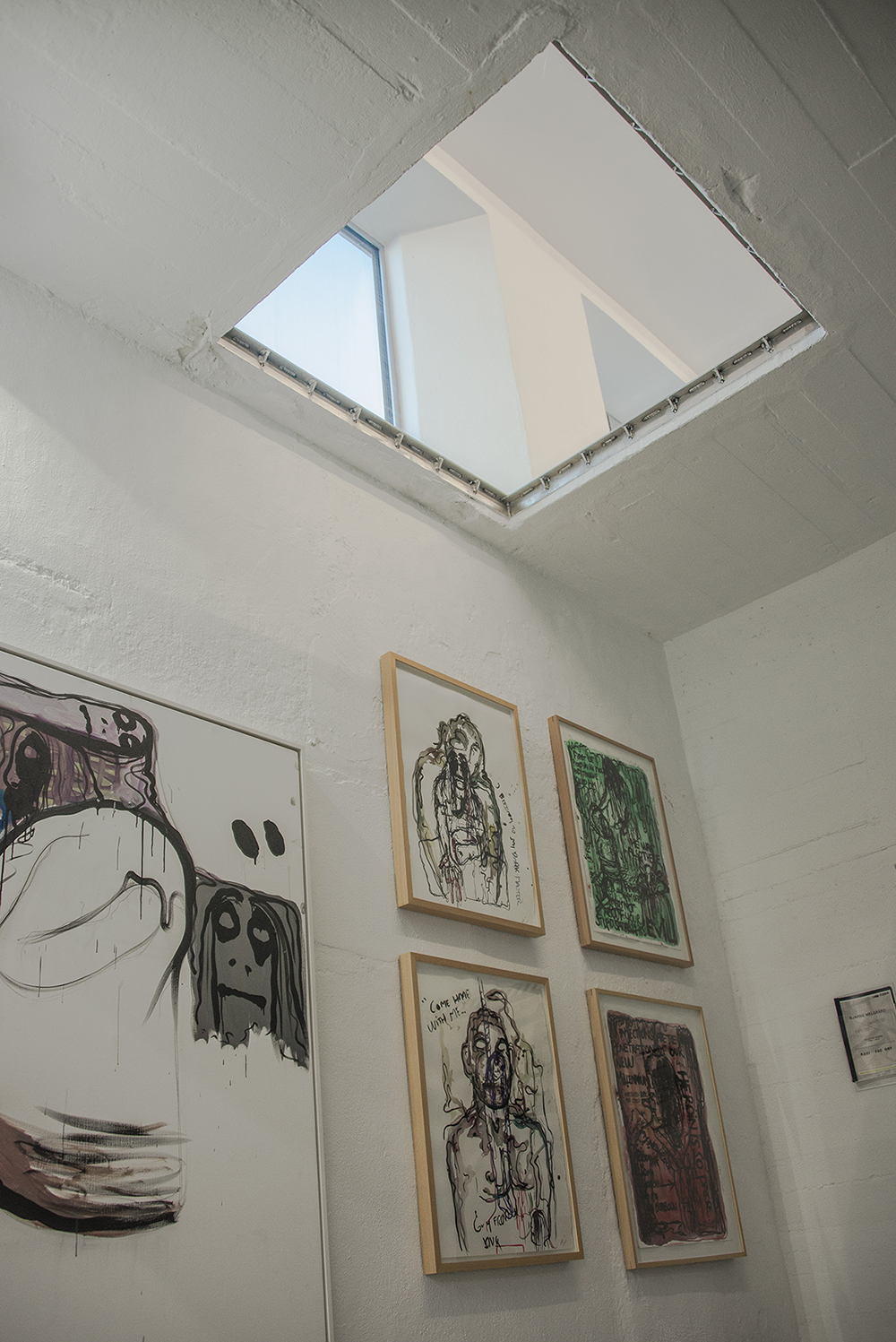
Henningsvær is a fishing village in the Lofoten archipelago that juts into the Norwegian Sea and is home to a population of less than 500. From the vantage point of the bridge, the only way to access the island, it looks like the last pieces of land before the sea drops off the edge of the world. But it is here that Venke and Rolf Hoff established their gallery, KaviarFactory. Or rather their ‘Kunsthalle‘, as Rolf corrects me, which means a not-for-profit exhibition space.
“This property, an abandoned caviar factory, was up for sale,” said Rolf, when I asked him how he and Venke came to own what must be one of the most remote art galleries in the world. “Someone wanted to knock it down and build flats so my wife bought it, but we had no idea what to do with it.”
When Dolk and Pøbel – two of Norway’s best known street artists – came to the Lofoten, the Hoffs offered them the old factory as a base. After a family chat around the kitchen table in Oslo, the Hoffs decided to offer the street artists the building to exhibit their work, even though the old factory had not changed since it was shut down in the 1990s. “We had removed all of the old machinery and there was no water or electricity, but it was a success,” Rolf tells me. “That was when we decided to start KaviarFactory.”
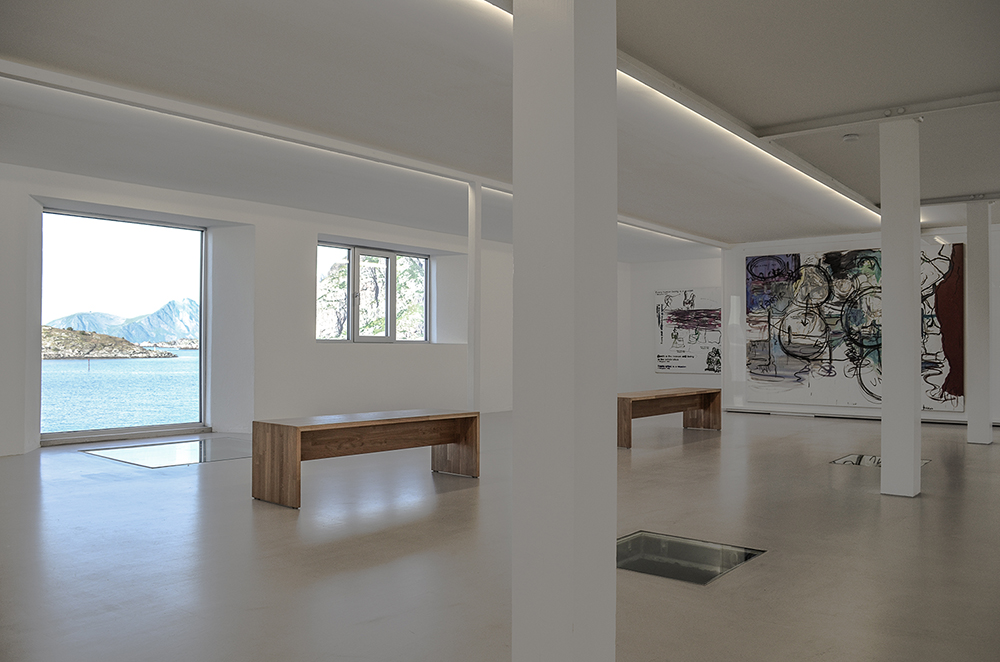
Before the network of bridges between the archipelago’s islands were built and the region became known as the ‘Nordic Venice’, locals relied heavily on boats for transportation. The factory was built on the sea wall for loading and unloading crates of caviar, and there were apertures in the ceiling to move produce between floors. Unusually, Rolf tells me, he and Venke decided to change as little as possible when restoring the building and tried to preserve the functionality of the building. “Every window and door is exactly where it used to be,” Rolf adds.
The result is a pared-back space with white washed walls and concrete floors, but the openings in the ceiling – now covered with glass – and the wide windows on the second floor allow natural light to circulate throughout the building. From the top floors, there are incredible views across the water to the steep mountains beyond. “The art inside goes very well with the nature outside, so long as the art is strong,” Rolf tells me.
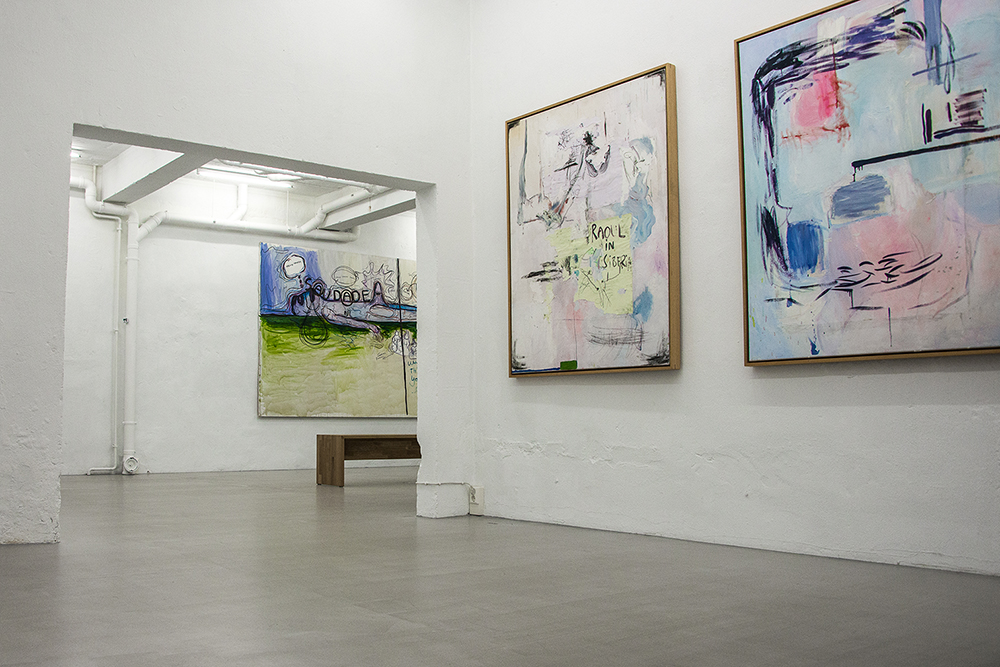
Strong is an apt description of Bjarne Melgaard, the artist currently on exhibition at KaviarFactory. Melgaard is a provocateur who, in his installations and expressive paintings, is never far from controversy and divides many, including those who have patronised KaviarFactory. Despite having been called ‘unethical and demoralising’ in some visitors’ reviews, Melgaard has earned his position as one of Norway’s greatest artists and was recently exhibited in Oslo alongside Edvard Munch.
That the Hoffs can mount an exhibition of Melgaard (the only one to show the artist’s work from over the past 20 years) is a testament to the decades that the couple have spent collecting, making contacts in the art world and investing in young talent long before KaviarFactory opened its doors.
“I have always been a collector. Before art it was stamps and coins,” Rolf says. “At first we had no money so I had to find the young and upcoming artists, which is exciting. You have to judge the art yourself and form your own opinion.”
It seems as if Rolf’s taste has paid off. When he happened upon Melgaard’s work in Oslo in 1996, he was so impressed that he walked out with three of his paintings; Rolf was the second person in Norway to have bought his work.
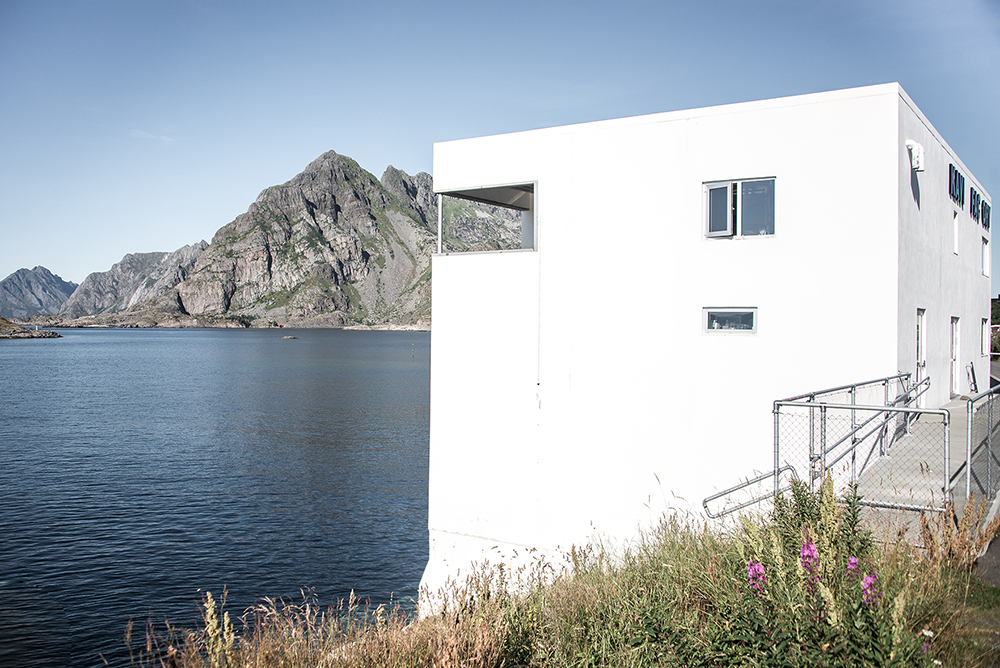
Having enjoyed a large amount of success so far, there is an exciting future for KaviarFactory. Continuing the programme of one carefully curated, high-quality exhibition each year, 2016 will see a group show of 25 female artists that includes Cindy Sherman and Roni Horn.
And after that? “In 2017 it will be a one-person show with a superstar,” says Rolf, giving nothing away. “It will be a sensation.”
Main photography Marc de Bertier
Homepage image of KaviarFactory – Photo © John Stenersen




